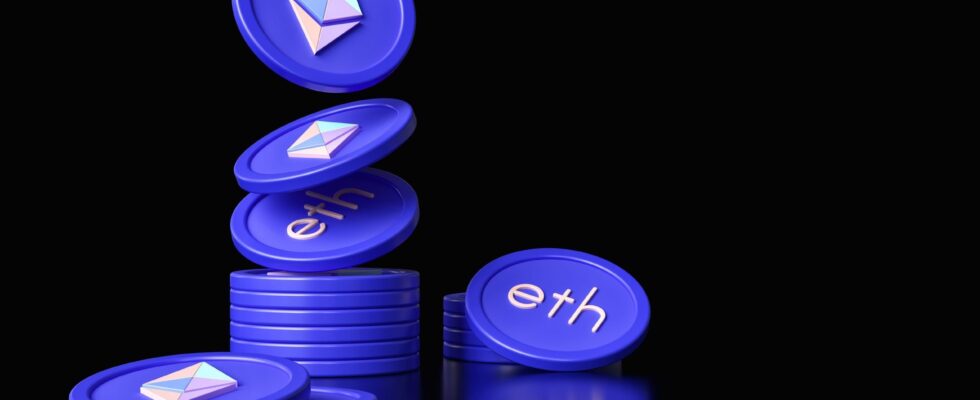The numbers speak for themselves: just recently, the company, which was founded in 2021, secured 50 million US dollars in a single financing round. This values the crypto start-up and its token at a whopping 500 million US dollars. Not bad for a bear market. The VCs are obviously convinced – the followers of Ethereum are too. If they have their way, Eigenlayer will be a real revolution on the largest proof-of-stake blockchain.
The staking of the future
The hype revolves around the form of staking invented by Eigenlayer: re-staking. Put simply, this allows users to redeploy already staked coins to secure other networks and services to earn additional ETH returns. Thanks to Eigenlayer, more than just one underlying blockchain or application can be secured at the same time with the same seed capital.
The services called “Middleware” or “Actively Validated Services” (AVS) are mostly oracles like Chainlink as well as blockchain bridges, layer 2
Networks or other non-Ethereum-compatible platforms. Until now, they have relied on their own token to secure their network. Thanks to Eigenlayer, however, they can, so to speak, rent the trust created by the second largest cryptocurrency.
Why re-stake?
The new protocol is a reminder of what Ethereum is all about and what re-staking changes about it. Ethereum offers a programmable, worldwide security network. A bunch of decentralized computers validate blockchain transactions and secure the global supercomputer with its stake – in the form of ETH coins. All applications running on the Ethereum operating system (the Ethereum Virtual Machine, EVM) thus benefit from the security of the network.
Read on now
Get access to this article and other exclusive content in the current BTC-ECHO Magazine.
Do you want to buy cryptocurrencies?
On Bitpanda you can trade over 200 cryptocurrencies as well as precious metals. One platform for both beginners and experienced investors.
The latest issues of BTC-ECHO Magazine
You might also be interested in this
